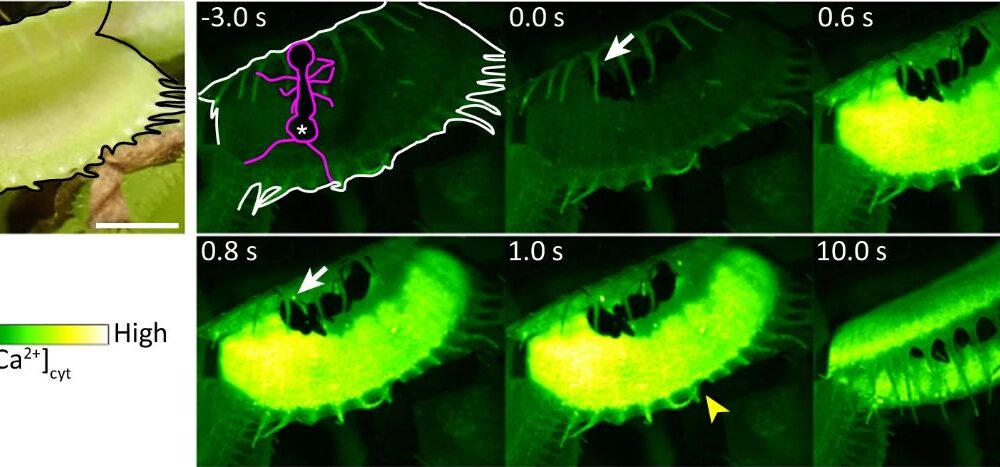Mushrooms, often associated with culinary delights, are now emerging as a potential cornerstone in the future of sustainable technology. A recent study published in PLOS One has unveiled their promising capabilities in data storage, suggesting that fungi could replace traditional metal components in computers. The research indicates that the complex neural networks found in mushrooms may allow for the development of energy-efficient microchips, paving the way for advancements in computing.
John LaRocco, the lead author of the study, noted, “Being able to develop microchips that mimic actual neural activity means you don’t need a lot of power for standby or when the machine isn’t being used.” This innovation could lead to significant computational and economic advantages as the world increasingly turns to eco-friendly technologies.
Mushrooms and Their Versatility in Bioelectronics
The resilience and unique properties of mushrooms have long captured the interest of scientists. Their ability to form intricate neural networks positions them well within the field of bioelectronics, which merges biological materials with electronic components. The researchers focused on two commonly used mushrooms: shiitake and button mushrooms. By cultivating these mushrooms, they found that they could be engineered to function as organic memristors—devices capable of retaining electrical states even when powered down.
Memristors are critical in data processing, and the findings indicate that mushrooms can replicate electrical memory with a performance comparable to semiconductor-based chips.
Turning Mushrooms into Functional Computer Chips
In their experiments, researchers grew shiitake and button mushrooms in controlled lab conditions. Once the mushrooms reached maturity and were dehydrated, they were connected to electronic circuits for rigorous testing. The experiments involved varying placements, voltages, and frequencies to fully explore the mushrooms’ capabilities.
LaRocco explained the methodology, stating, “We would connect electrical wires and probes at different points on the mushrooms because distinct parts of it have different electrical properties. Depending on the voltage and connectivity, we were seeing different performances.” Over the course of several months, the mushrooms achieved a remarkable accuracy rate of 90 percent in switching between remembered electrical states.
However, the research did identify a limitation: as the frequency of electrical voltages increased, the performance of the mushrooms declined. This phenomenon aligns with how neural networks operate in the human brain. Researchers addressed this issue by increasing the number of mushrooms connected to the network, thereby distributing the neural workload.
The success of this research underscores the potential for technological advancements that are environmentally sustainable. According to Qudsia Tahmina, a co-author of the study, society’s growing focus on environmental protection could drive the adoption of innovative bio-friendly technologies like mushroom-based computing.
While still in the early stages of development, the concept of mushroom memristors holds promise across various applications, from aerospace exploration to wearable technology. LaRocco highlighted the accessibility of this biotechnology, suggesting that, “Everything you’d need to start exploring fungi and computing could be as small as a compost heap and some homemade electronics.”
As researchers continue to explore the intersection of biology and technology, mushrooms could play a vital role in shaping the future of computing, providing a sustainable alternative to conventional materials. The implications of this research are not only exciting but may also lead to a more eco-conscious approach to technology development.







